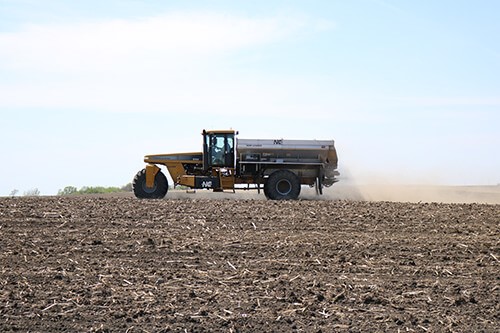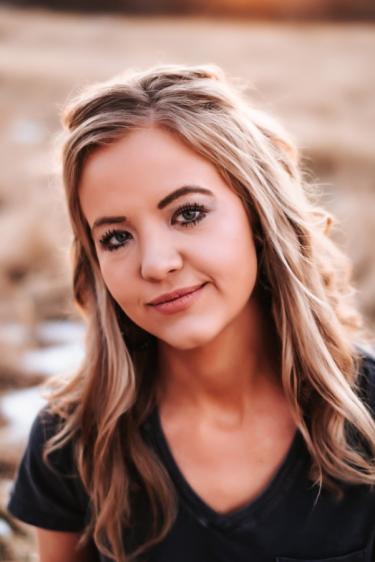ILSOYADVISOR POST
What’s Your Fall Fertilizer Plan?
Harvest is moving right along, and some fall fertilizers have already been put on or are going to be applied as harvest ends. Usually there are two types of fertilizer plans: the plan that is the same every year or the plan that utilizes soil tests and previous crop removal rates to determine nutrient needs.
For the latter plan, it is best to soil test in the summer and fall because potassium results are the most reliable. Testing is recommended every four years at a depth of seven inches. Before sampling it is important to decide on a sampling procedure that will result in the most accurate results. A common mistake is taking too few samples to represent a field adequately.
Ideal Test Results
A realistic pH goal for soil is 6. If less than 6, you should apply lime. Lime rates differ depending on soil type, depth of tillage and limestone quality. Acidic soils can result in reduced nutrient availability. On the other hand, acidifying can be achieved by adding elemental sulfur, aluminum sulfate or iron sulfate.
 Phosphorus is not easily lost from the soil and optimal levels are 40-45 lbs. per acre. If phosphorus is above 60 lbs. per acre there is no economic advantage in applying more P. When tests are optimal apply only enough P to replace the harvested crops’ removal rate. Corn is .37 lbs. per bushel and soybeans are .75 lbs. per bushel. When levels are below optimal it is necessary to build up phosphorus plus supply what is removed. To build up P levels by 1 lb. it takes 9 lbs. of P205.
Phosphorus is not easily lost from the soil and optimal levels are 40-45 lbs. per acre. If phosphorus is above 60 lbs. per acre there is no economic advantage in applying more P. When tests are optimal apply only enough P to replace the harvested crops’ removal rate. Corn is .37 lbs. per bushel and soybeans are .75 lbs. per bushel. When levels are below optimal it is necessary to build up phosphorus plus supply what is removed. To build up P levels by 1 lb. it takes 9 lbs. of P205.
Optimal potassium levels are 300 lbs. per acre. When potassium is above 400 lbs. per acre, there is no economic advantage in application. It is recommended to apply maintenance potassium when levels are between 300-400 lbs. per acre in addition to the amount of potassium needed to replace the harvested crop removal. Removal rates for corn are .24 lbs. per bushel and soybeans are 1.17 lbs. per bushel. For levels below 300, apply what the crop will remove and enough to build up the current levels. To build up the K levels by one pound, 4 lbs. of K20 is needed per acre.
Fall fertilizer prices are showing record lows and feeding the soil correctly ensures the future crop will have what it needs, and runoff will be limited.
Edit 10/27/20: Soybean removal rate updated from .85 lb of P per bushel to .75 based on research from NREC.





Comments
Add new comment